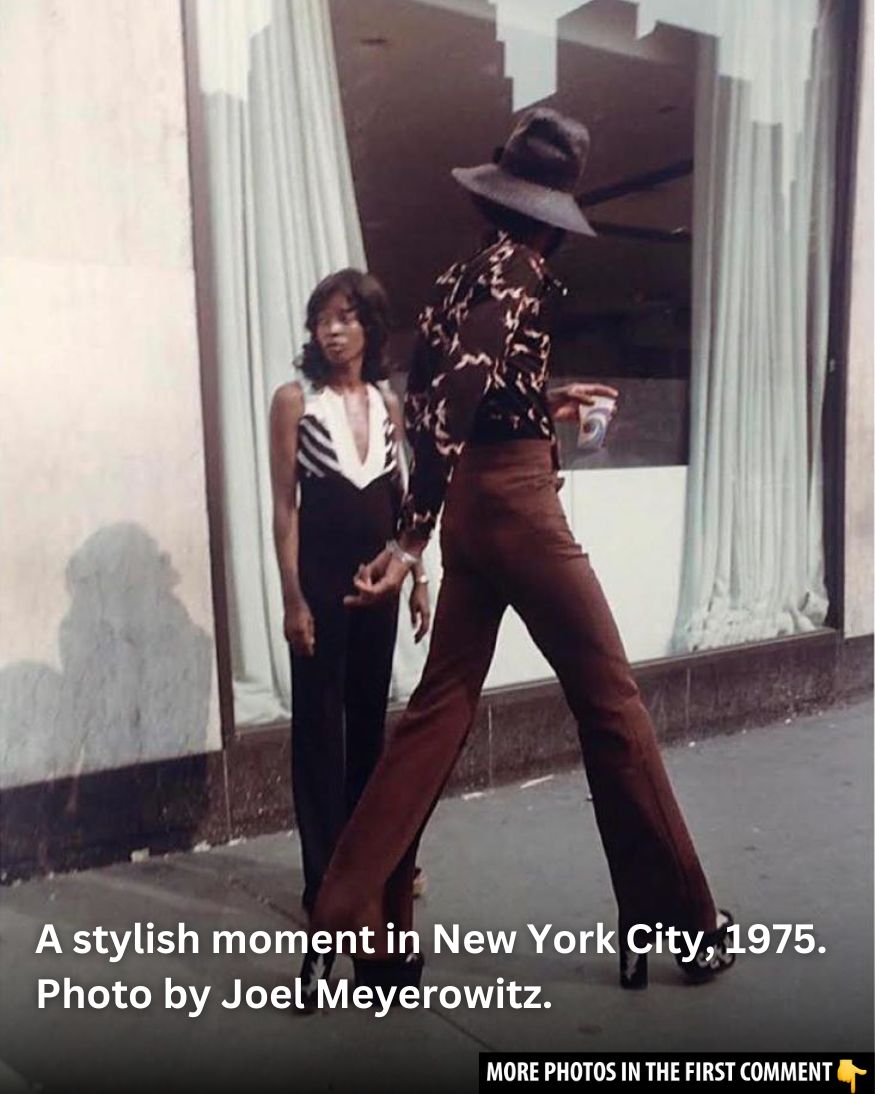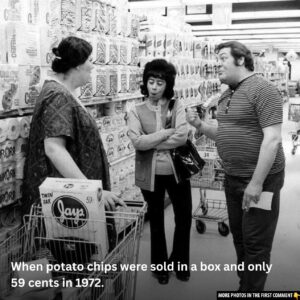Joel Meyerowitz, one of the most influential street photographers of the 20th century, is celebrated for his ability to capture the raw energy of the streets through his lens. Born in New York City in 1938, Meyerowitz’s photographic journey took an unexpected turn when he embraced colour photography in a time when the medium was often reserved for commercial work. His bold decision to focus on colour, alongside his mastery of street photography, transformed how the world viewed the medium, making it as significant an artistic tool as black-and-white photography. From the bustling streets of New York to international landscapes, Meyerowitz’s work not only chronicled moments in time but also reflected his own evolution as an artist.
From Black and White to Colour: A Groundbreaking Shift
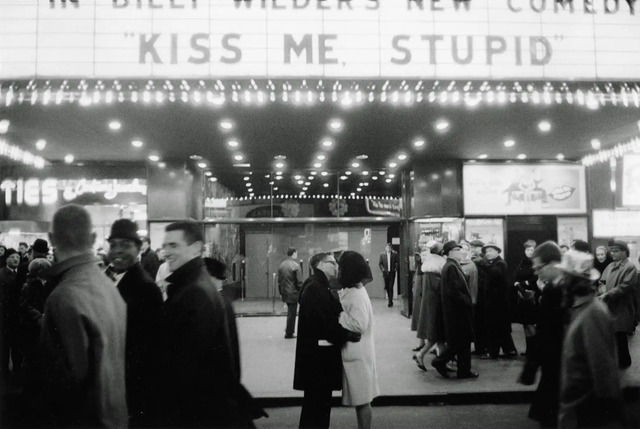
Joel Meyerowitz’s early career was shaped by his fascination with photography, which he initially explored alongside his job as an art director. The influence of Robert Frank, an iconic street photographer, sparked a life-changing epiphany for Meyerowitz. After witnessing Frank’s unique approach to capturing candid moments, Meyerowitz realized that photography could offer a direct and raw connection to the world around him. In 1962, he left his job in advertising and dove into the world of photography, learning through constant practice.
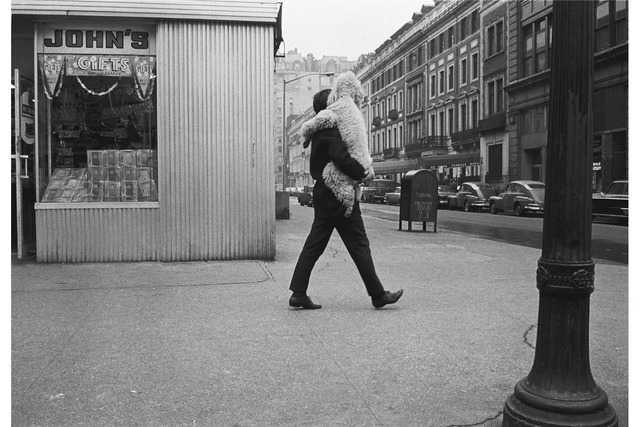
Initially, Meyerowitz worked in both black and white and colour, capturing the dynamic life around him. But, as he began to explore the streets of New York, he soon found that colour was not only more reflective of reality but also essential to conveying the vibrancy of the city. As Meyerowitz himself recalls, “The world was in colour. It was just so obvious to me.” While black-and-white photography was revered for its historical and artistic value, Meyerowitz felt that colour was far more fitting for documenting contemporary life in all its chaos and complexity.
Video
Watch the video “New York City 1970s” to experience the vibrant atmosphere of the era!
A Creative Journey Through New York City
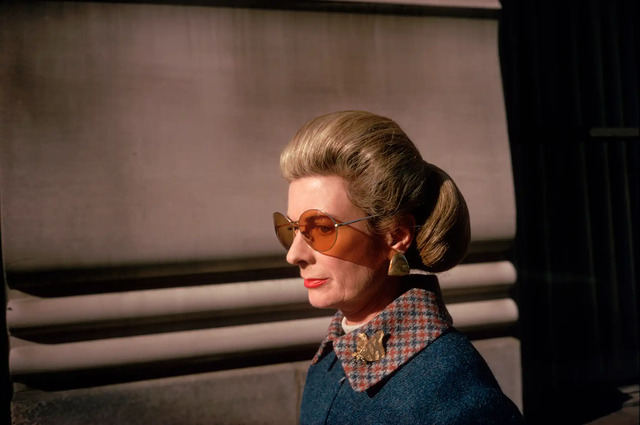
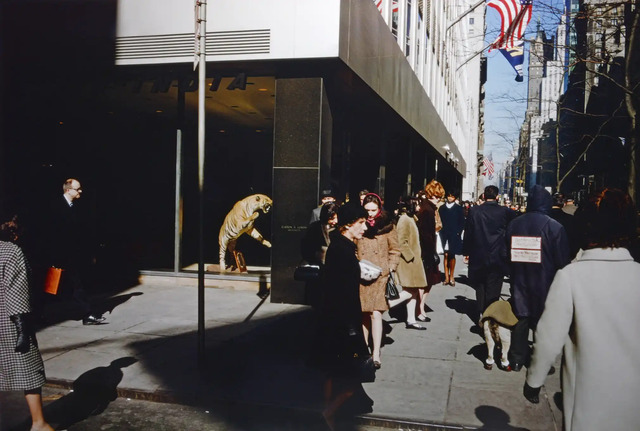
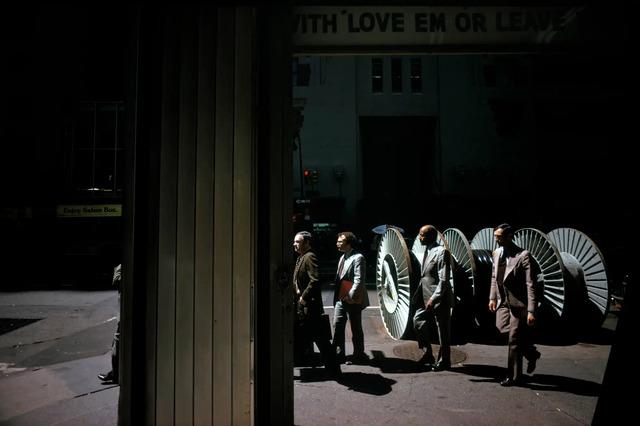
The streets of New York became Meyerowitz’s personal studio, offering him endless inspiration and opportunities to capture the city’s diverse characters and fleeting moments. From busy avenues to quiet parks, Meyerowitz’s photos reflect the energy, diversity, and complexity of urban life. Working alongside fellow photographers like Garry Winogrand and Tony Ray-Jones, Meyerowitz honed his skills in capturing decisive moments—those spontaneous gestures and interactions that define the human experience. His ability to isolate moments of beauty, chaos, and emotion on the streets made him a key figure in the street photography movement.
But what set Meyerowitz apart was his ability to merge his knowledge of visual arts with photography. Trained in painting and design, Meyerowitz brought a refined sense of composition and colour harmony to his work, which became even more pronounced as he fully embraced colour photography. His photos from the 1960s, such as those taken in New York City, depict a city full of life, yet each shot carries the artist’s meticulous eye for detail and balance.
The Colour Revolution: Redefining Street Photography
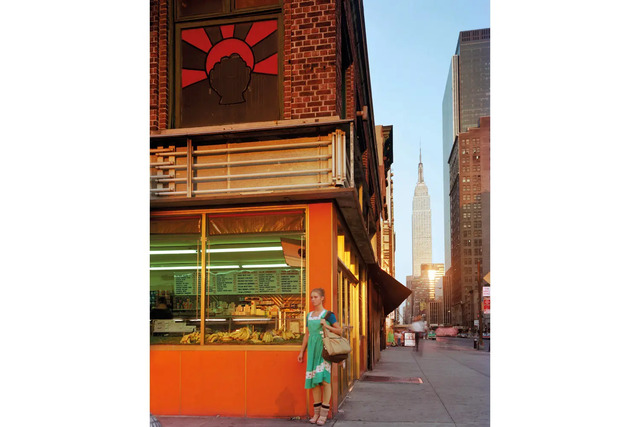
When Meyerowitz transitioned fully to colour photography, he wasn’t just following a trend—he was challenging the conventional wisdom of his time. At the time, many photographers believed black-and-white offered a more timeless, serious approach, while colour was often relegated to commercial work or snapshots.
Yet Meyerowitz boldly incorporated colour as a central aspect of his street photography. His use of vivid colours was not just about realism but about giving a deeper emotional context to his images. For him, colour wasn’t just a tool—it was a language that conveyed mood, atmosphere, and emotion.
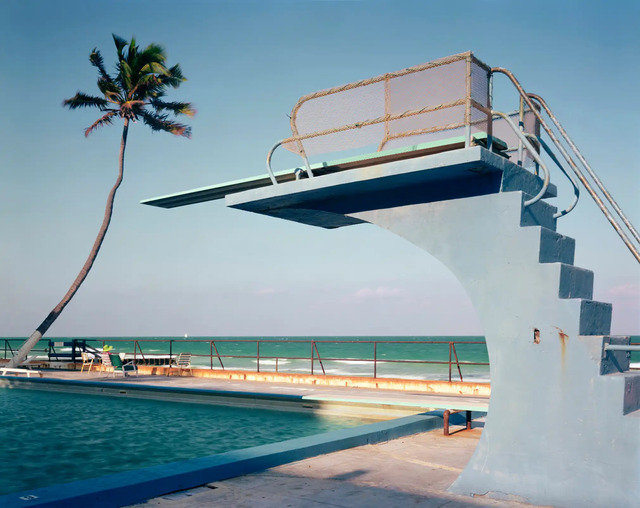
Meyerowitz’s decision to focus on colour opened the door for a new wave of street photographers who would come to see colour not as a secondary element, but as a primary force in their compositions. His photographs of New York City in the 1960s and 1970s are vibrant, rich, and alive with energy. Whether it’s the contrasting colours of people’s clothes against a backdrop of the city or the interplay of light and shadow on the streets, Meyerowitz’s work is an extraordinary study of colour as both aesthetic and narrative tool.
Expanding Horizons: From New York to the World
While New York City was Meyerowitz’s main canvas, he didn’t limit himself to its urban landscapes. Meyerowitz expanded his photographic scope, shooting in countries like Greece and France, where the light and culture offered new challenges and inspirations. His photographs from Paris in the 1960s, for example, convey the city’s elegance and vibrancy, yet they maintain the rawness and immediacy that defined his New York work.
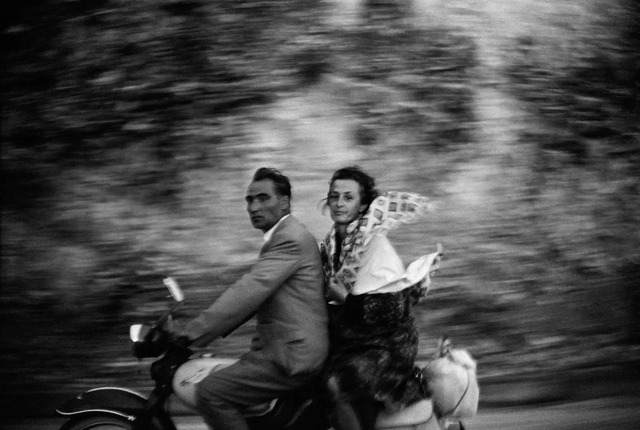
In these international landscapes, Meyerowitz continued to explore the relationships between colour, composition, and the human experience. His time in Greece, for instance, offered him the opportunity to explore the intersection of natural light and human interaction in an entirely new cultural context. Whether photographing the light filtering through Greek ruins or the quiet intimacy of Parisian street life, Meyerowitz’s ability to capture moments of pure human connection was universal.
Shifting Perspectives: Evolving into an Artist
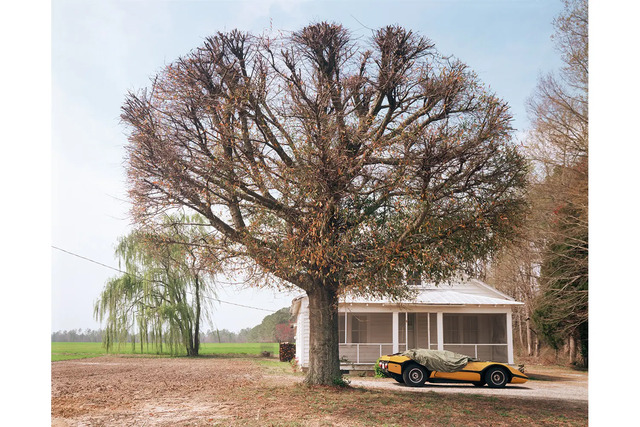
As his career progressed, Meyerowitz became increasingly focused on exploring photography as a medium, questioning its boundaries and its potential for expression. By the 1970s, he began to move away from the traditional “decisive moment” to create more complex, non-hierarchical images, where everything in the frame—colour, light, form—played an equal role. This shift marked a profound evolution in his artistic vision.
Meyerowitz’s exploration of photography during this period can be seen as a personal journey to understand the medium itself. He began to question not just how he captured the world but why he captured it. As he once stated, “Photography is me asking myself: ‘How interesting is this medium? And how interesting can I make it for me? And, by the way, who the fuck am I?’” His work became more reflective, not just of the world but of his place within it, and this shift was evident in his later work in Florida and New York City, where he sought a deeper, more profound connection with his subjects.
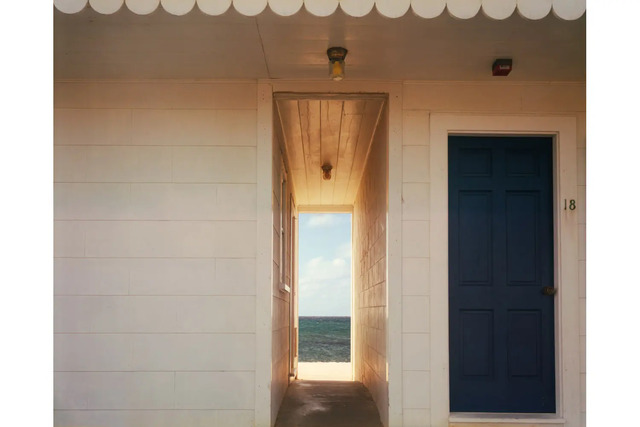
The Legacy of Joel Meyerowitz: Shaping Modern Photography
Meyerowitz’s work over the last five decades has left an indelible mark on street photography and visual culture. His ability to combine artistry with documentary photography has influenced countless photographers and artists. Meyerowitz’s work is a reminder of how photography can be both a personal exploration and a universal language, capturing the fleeting moments of life while also creating powerful, long-lasting impressions.
As Meyerowitz continues to exhibit his work and share his insights with future generations of photographers, his legacy as a pioneer of colour street photography remains firmly intact. Today, his photographs continue to inspire and provoke new conversations about the role of colour in capturing reality, and how photography can be both an art form and a means of personal expression.
Gallery: A Visual Journey Through Meyerowitz’s Iconic Moments
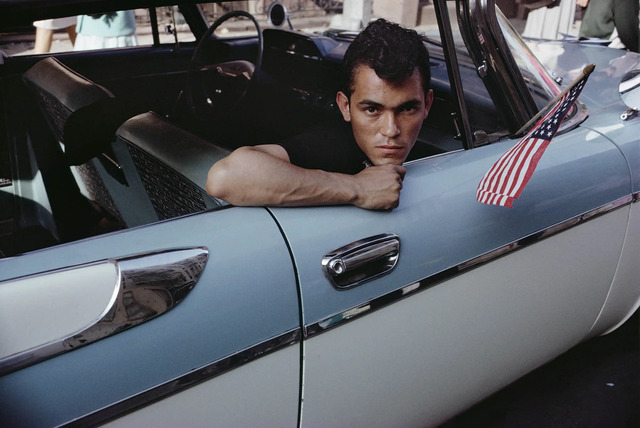
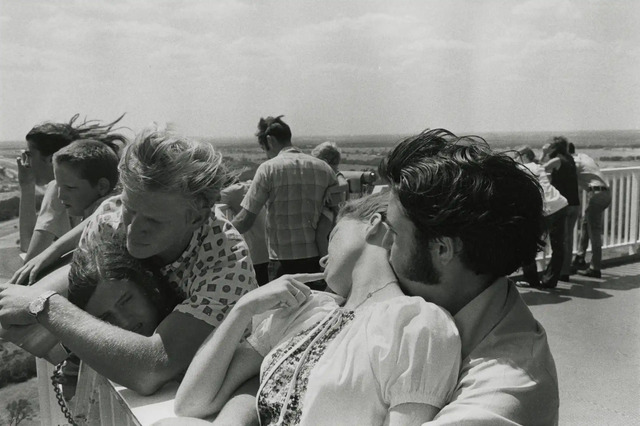
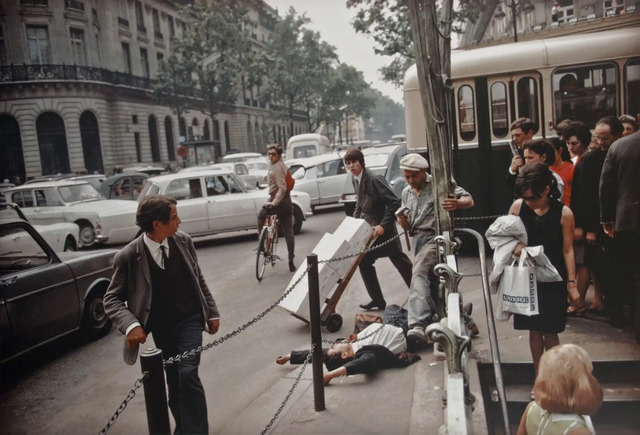
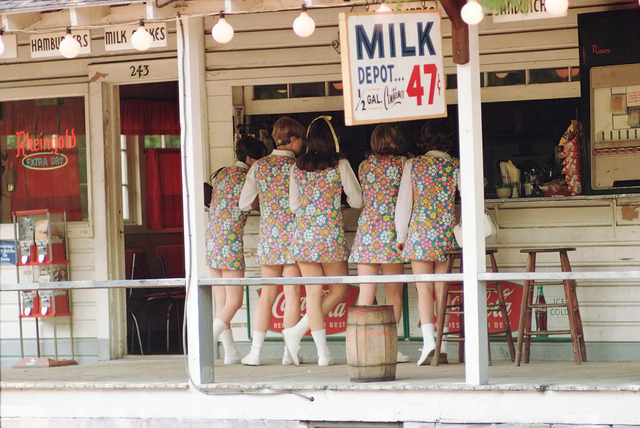
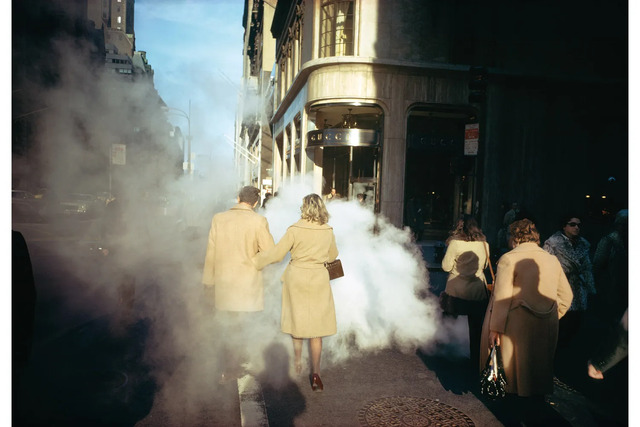
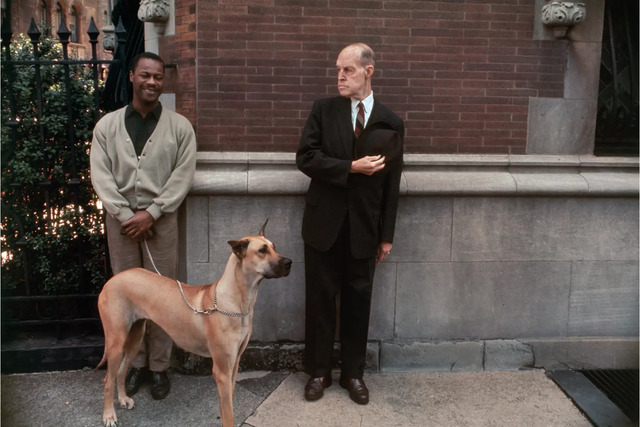
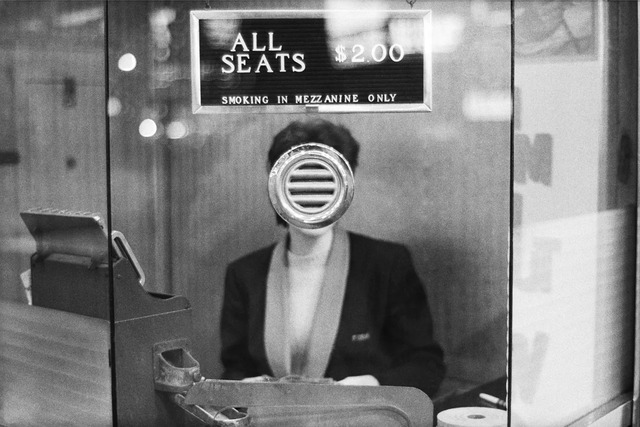
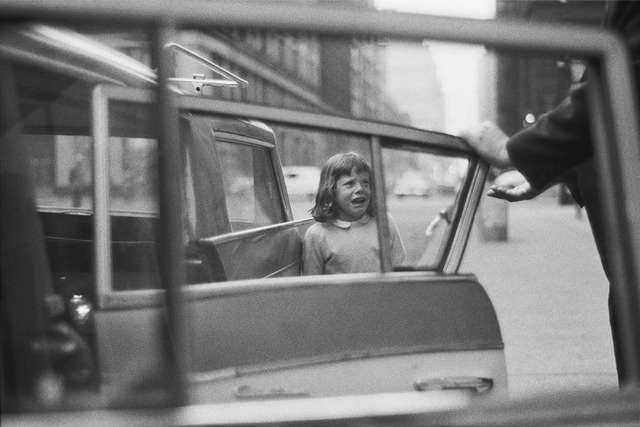
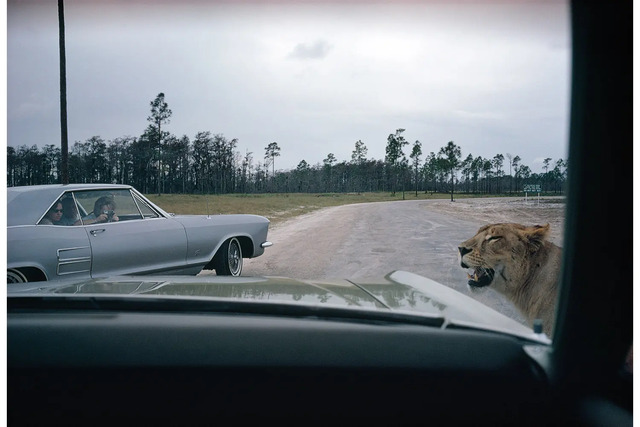
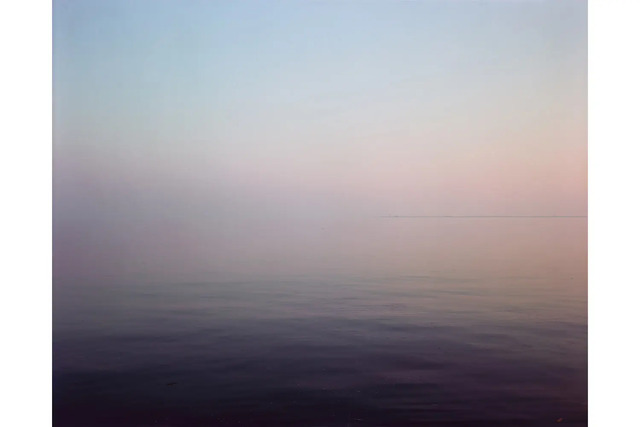
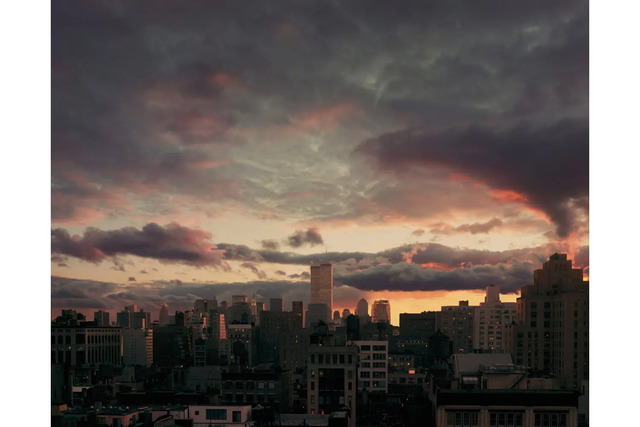
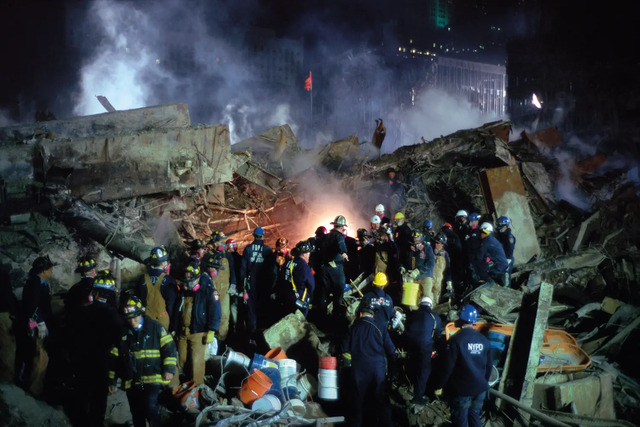
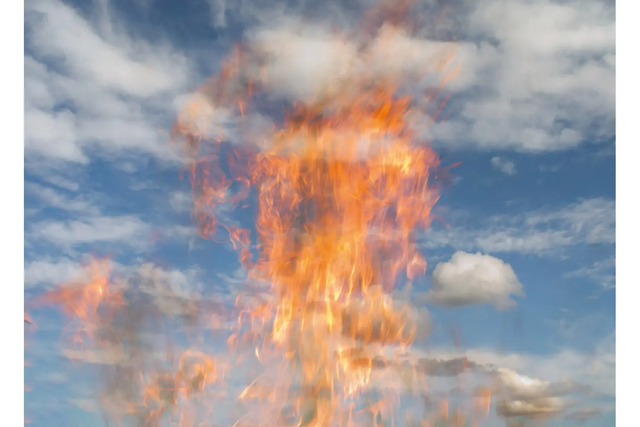
Video
Watch the video “Joel Meyerowitz – Photographer” to learn more about this iconic photographer and his work.
Conclusion
In conclusion, Joel Meyerowitz’s career is a testament to the power of photography as both an artistic medium and a personal exploration. From his early days capturing the streets of New York in both black and white and colour to his later work that questioned the very nature of the medium, Meyerowitz’s images continue to offer new insights into the human experience. His ability to make the everyday extraordinary has cemented his place as one of the most influential photographers of the 20th century, and his legacy will continue to inspire for generations to come.
